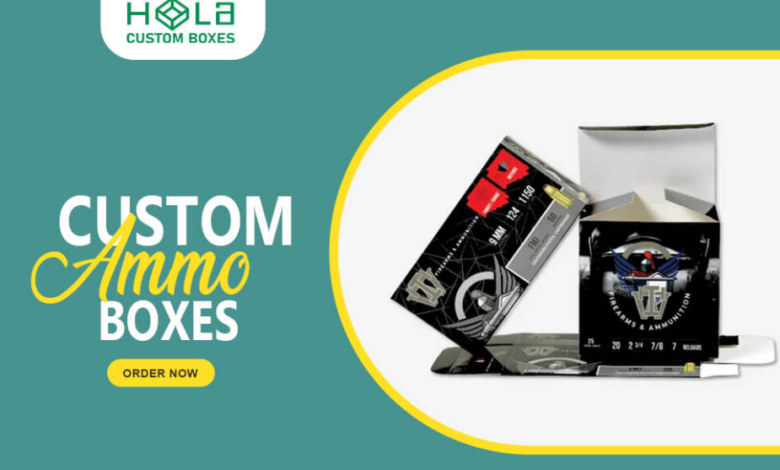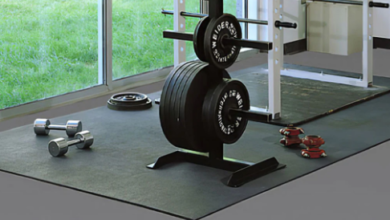Utilizing Die-Cut Foam Inserts for Custom Bullet Boxes (Ammo Packaging Guide)

Die-cut foam inserts stabilize cartridges and attenuate shock and vibration, preventing abrasion during transport. They control orientation and headspace, protect primers, and increase pack density. Preferred materials include closed-cell XLPE, PE, and EVA; avoid PVC or sulfur-bearing elastomers. Density selection follows ASTM D1596 cushioning data—consider temperature, outgassing, and UL 94 ratings. Cavity layout uses SAAMI envelopes, optimized diameters, chamfers, and crush resistance. Validate performance to ASTM D4169, ISTA, and DOT/UN with AQL QC, fit, and extraction checks.
Main Points: Foam Inserts for Ammo Boxes
- Die-cut closed-cell foam immobilizes cartridges, reducing impact, vibration, and abrasion during storage and transit.
- Select XLPE/PE/EVA; avoid PVC; choose density via ASTM D1596 and service temperature for each caliber.
- Use SAAMI cartridge envelopes to size pockets with chamfers—ensuring primer clearance, firm retention, and easy insertion/extraction.
- Optimize cavity arrays for consistent orientation, crush resistance, stack efficiency, and improved pack density and presentation.
- Validate designs with ASTM D4169/ISTA transit tests, meet DOT/UN rules, and enforce tolerances and AQL-based QC on fit and extraction force.
Benefits of Die-Cut Foam in Ammunition Packaging

Die-cut foam inserts provide controlled immobilization and shock attenuation for cartridges, reducing impact, vibration, and abrasion that can compromise primers, casings, or projectiles. Standardized orientation and headspace minimize inadvertent primer contact while supporting compliance with ASTM D4169, ISTA transit tests, and DOT/UN packaging rules. Optimized arrays raise pack density for lower freight, better storage utilization, and fewer damages. Clean cavities simplify lot segregation and traceability; reusable inserts reduce waste versus one-way dunnage.
Material Selection & Density: XLPE, PE, EVA (Avoid PVC)
Prioritize closed-cell foams with predictable cushioning and chemical inertness. Preferred types: XLPE, non-cross-linked PE, and EVA for low moisture uptake and oil resistance. Avoid PVC or sulfur-bearing elastomers that can corrode brass/steel.
Use ASTM D1596 curves and D3575 compression data to select densities that keep peak deceleration below primer impact thresholds. Light pistol rounds often suit 1.7–2.2 lb/ft³ PE; heavier rifle/shot loads may require 2.8–6 lb/ft³ with higher modulus. Verify temperature range, outgassing, antistatic options, and UL 94 flammability class. Document lot traceability and labeling.
Cavity Geometry & Layout: SAAMI-Led Design
Design around SAAMI envelopes, minimum primer standoff, and realistic ISTA/ASTM transit profiles. Tune pocket diameter, lead-in chamfers, and depth to cap insertion force while avoiding primer contact under shock.
| Parameter | Target | Reference |
| Primer clearance | 0.8–1.2 mm | SAAMI, ASTM D4169 |
| Neck support angle | 60–75° | FEA checks |
| Inter-cavity pitch | 1.5× case OD | Vibration testing |
| Retention force | 1–3 N/round | ISTA 3A drop |
Row alignment, datum indexing, and orientation features deliver consistent presentation without compromising safety. Dimensional SPC verifies cavities stay within capability over long runs.
Branding, Color, and Retail Compliance (Without Compromise)
Execute brand identity using compliant pigments, low-VOC adhesives, and abrasion-resistant inks that preserve warning legibility.
- Color options: Pantone-matched, RoHS-compliant colorants; avoid camouflage near critical text.
- Branding zones: Reserve fields for UPC, lot, and regulatory marks.
- Substrates: Foam density/skin must accept print or foil without offset.
- Retail compliance: Shelf-hanger tear strength, tamper-evidence, and Prop 65 placement observed.
Manufacturing Tolerances, Testing & Quality Control
Set tolerance specs for cavity diameter, depth, wall, and planarity; back them with capability indices and gage R&R. Verify incoming material density, Shore hardness, compression set, and flammability class. Monitor tool wear, blade sharpness, and particulate cleanliness. Validate retention forces and stability with environmental conditioning, vibration/shock, and thermal-humidity cycling.
Use AQL sampling, lot traceability, and NCR disposition; lock critical-to-safety features via control plans, PFMEA, FAI/PPAP. Final tests confirm cartridge fit, extraction force, and edge integrity; maintain ISO 9001 and ISTA documentation.
See also: The Business Traveler’s Grooming Checklist for Southern Spain
Why Order Foam-Equipped Ammo Boxes from Hola Custom Boxes (CTA)
At Hola Custom Boxes, we engineer custom ammo boxes with die-cut foam inserts that balance protection, compliance, and presentation. You get free dieline help, quick CAD-cut prototypes, and G7 color across reorders—plus materials vetted for ASTM/ISTA/DOT-UN. Our inserts prevent primer contact, raise pack density, and pass real-world transit profiles.
Start your order here: Custom Cardboard Ammo Boxes Manufacturer.
Learn more about our capabilities on the Hola Custom Boxes homepage.
Frequently Asked Questions
What are typical lead times and MOQs?
Generally 2–6 weeks after design approval; prototypes in 5–10 days. MOQs often 100–1,000 units depending on tooling and nesting. Timelines account for FAI, compliance validation, and capacity.
Can inserts be recyclable or biodegradable?
Yes—many PE/PP foams are recyclable (resin 4/5). Biodegradable options include PLA foam, molded pulp, starch, or mycelium (validate ASTM D6400/EN 13432). Recheck ASTM D1596 cushioning and UL 94.
How to clean and maintain foam?
HEPA-vacuum, spot-clean with pH-neutral detergent and DI water; air-dry at 40–60% RH. Avoid solvents/heat; inspect for compression set or tears; store away from UV/oils.
Will inserts fit existing ammo cans or hard cases?
Yes—spec against manufacturer drawings and allow 1–2 mm clearance. Verify hinge intrusions, rib patterns, lid compression, and latch preload.
Any storage guidelines for foam longevity?
Store at 10–27°C and 30–50% RH; avoid >38°C or freezing. Limit UV, ozone, oils, and solvents; use sealed containers with desiccants and rotate FIFO.
Conclusion
Well-specified die-cut foam inserts—matched to caliber, density, and cavity geometry—enhance retention, impact attenuation, and presentation while supporting SAAMI, UN/DOT, and retailer protocols. With documented tolerances, PPAP/FAI verification, and periodic audit testing, you’ll achieve repeatable, compliant ammo packaging. Partner with Hola Custom Boxes for inserts and cartons that pass tests, protect product, and look the part at retail.




